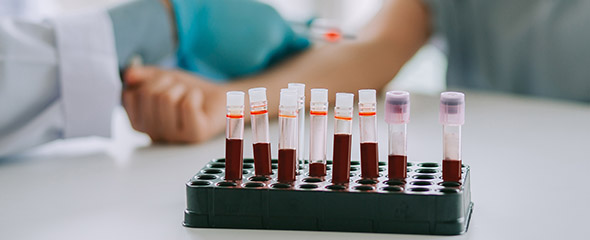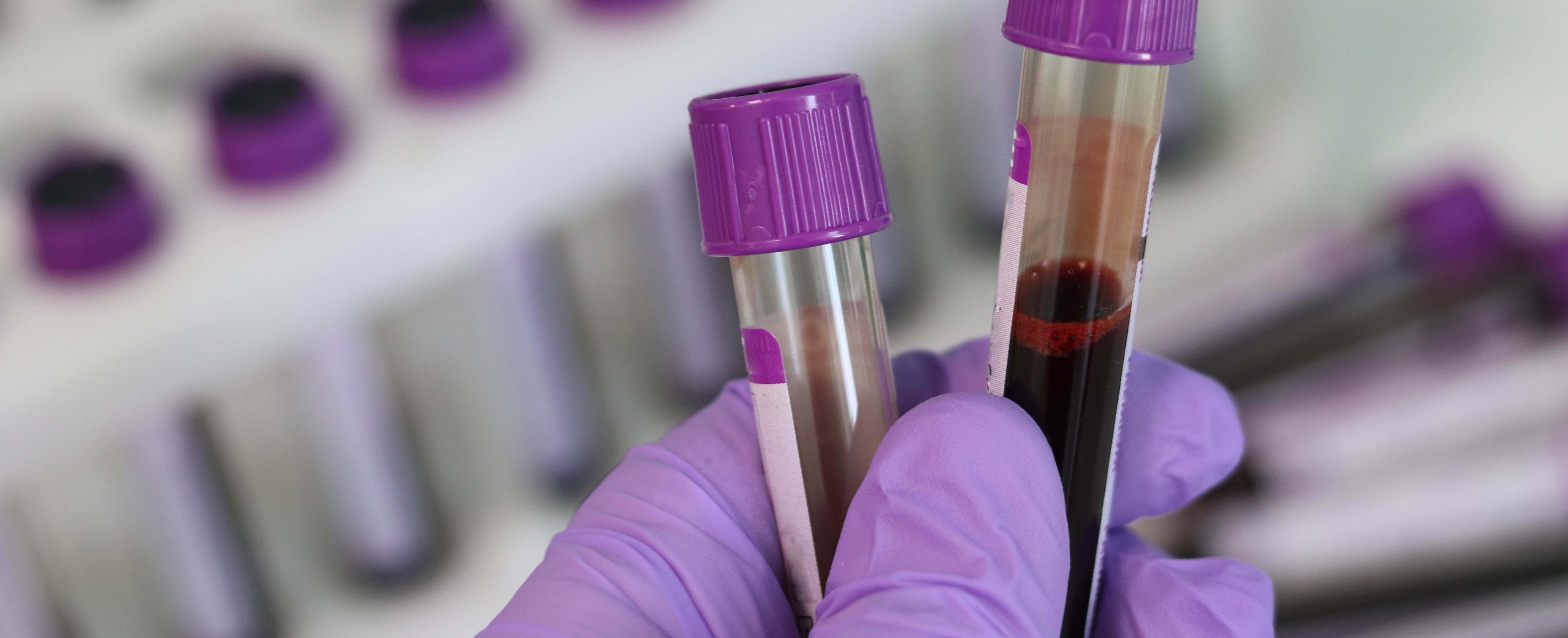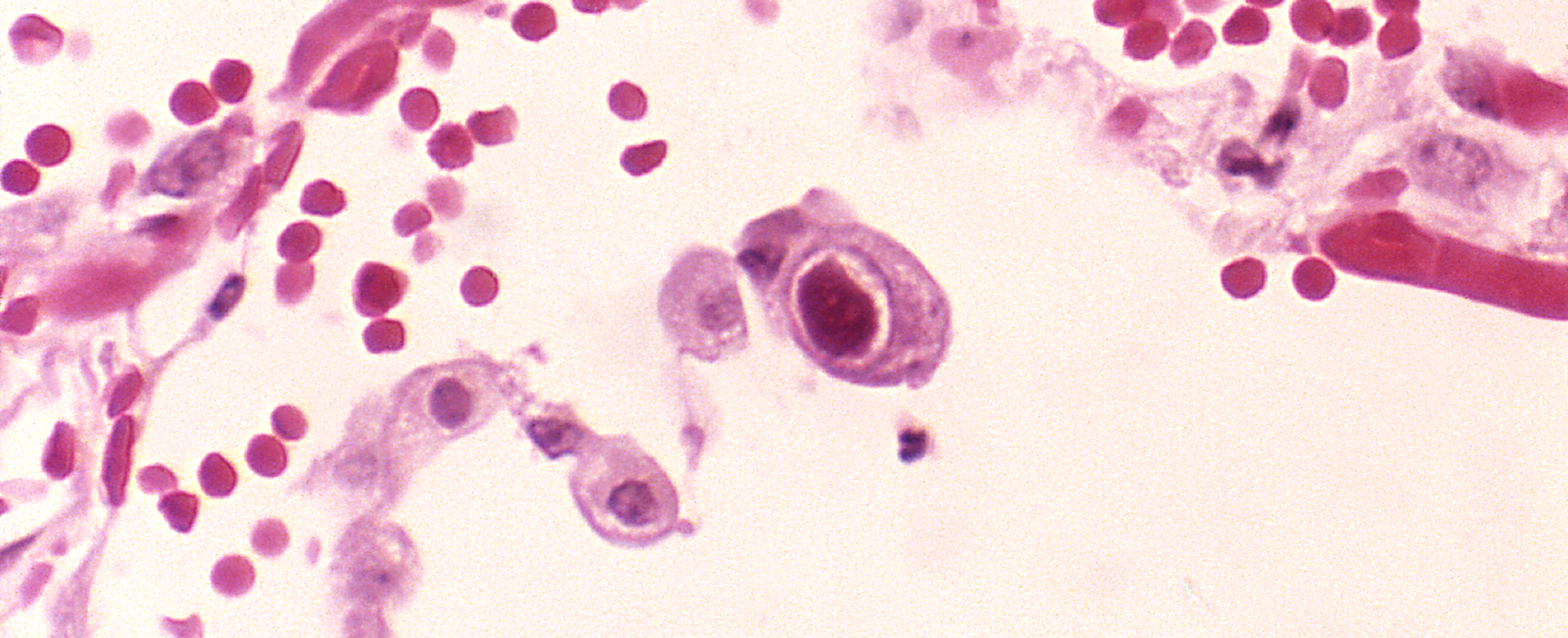Newsroom




HZI in the media
25.11.2025
|
Bionity.COM
24.11.2025
|
Medical Xpress
24.11.2025
|
DeutschesGesundheitsPortal
22.11.2025
|
Regional Heute
21.11.2025
|
Medizinische Hochschule Hannover
20.11.2025
|
Bochumer-Zeitung
20.11.2025
|
Bilanz
19.11.2025
|
Rheinische Post
18.11.2025
|
Regional Heute
17.11.2025
|
Biermann Medizin
14.11.2025
|
Ad Hoc News
13.11.2025
|
Deutsches Ärzteblatt


